
Introduction
The purpose of marketing is to satisfy target customer needs while growing profit. As such, marketers need to leverage business intelligence to identify the different needs, employ different approaches to fulfill these needs, and recognize the differences between customer groups. One strategy that can be used to do this is market segmentation.
Market segmentation entails dividing a target market into distinct groups (segments) based on similar requirements for a product or service. Achieving the same success across all segments is a massive challenge because each segment should differ from the other in terms of purchasing behavior and individual needs.
Essentially, segmentation is designed to be a practical tool that balances idealism and practicality, while seeking a solution that maximizes profit. Marketers must target those that are not just willing and capable of buying, but those that want and need to buy. Equally, marketers should set aside those that don’t meet these simple criteria.

Figure 1: Typical market segmentation
Why Consider Market Segmentation?
If you manage to do market segmentation the right way, you can benefit quite significantly. Here are three primary benefits of market segmentation:
- It forces marketers to study the differences between customer needs, customer lifetime value, level of competition and level of satisfaction in each segment. As such marketers are better able to compare and understand opportunities in different segments by creating customer profiles.
- It allows marketers to use custom marketing strategies. A custom strategy is useful because it enables marketers to tailor an approach to each segment since no single plan will work for all segments. Also, when resources are limited, B2B marketers have to prioritize the segments that are most likely to produce the best ROI.
- It encourages better financial management since it allows marketers to allocate budgets efficiently based on revenue from each segment.
Different Ways to Segment The Market
Below are the main approaches to market segmentation:
- A priori segmentation uses a classification scheme based on publicly available characteristics to create discrete groups within a market. Examples include demographics and firmographics.
- Needs-based segmentation differentiates customers based on validated drivers/needs that customers express for a particular product. The validated drivers are discovered through market research.
- Value-based segmentation differentiates customers based on their economic value. Customers with the same value level are grouped together.

Figure 2: Marketers say that personalization is a lot of benefit
Install Base, Customer Base, and Competitor Base
The most common methods of market segmentation often deal with the part of the customer journey that ends with the buyer making the purchase. What happens after a purchase is quite often neglected.

Figure 3: Customers demand support after the sale
In fact, in the B2B world, where the most prevalent items sold are either IT services, capital machinery, and their components, and/or continually used consumables, purchases tend to be long-term, or at least are expected to be repeated over an extended period. Furthermore, these long-term products and services, also tend to require on-going service and expertise from the B2B seller.

Such patterns make B2B segmentation a lot easier than B2C segmentation because B2B segments have a lower tendency towards rapid change or whim. As such, once accurate segmentation has been achieved, it tends to evolve slowly which means that the segmentation can be a durable strategic tool.
The risk, however, is that B2B sellers can become complacent and indifferent to changing customer needs and characteristics over time. The result for the B2B buyer is that they will have to endure out-of-date messages or worse yet, pay for goods/services that are not relevant anymore. Sooner than later, the B2B seller will pay the ultimate price of losing such a customer to competition and lose revenue from that segment.

Figure 5: The customer deciding journey
Below are three ways you can segment customers once they have crossed the customer deciding part of the buyer journey:
Customer Base
These are customers that are not currently using the seller’s products but have done so some time in the past. As such, the seller has some demographic, firmographic, and technographic data on them. Marketing to these customers is different from marketing to new prospects simply because they don’t need to be introduced to the seller’s brand. They, however, may still need to be updated on products that they have used or new initiatives that may have been introduced.

Figure 6: How B2B data is used
Competitor Customer Base
If you can get a hold of a competitor list, you will also have an easier time marketing to this segment because they will already be familiar with your product, and educated about what they need. Although competitor intelligence may be difficult to come by, it can be pieced together in several ways such as through online discussion forums, case studies, competitor press releases, event announcements, etc. You will, of course, need to start off with a solid list of competitors to monitor regularly.
Through these methods, it is possible to end up with a competitor list that has sufficient demographic, firmographic, and technographic data to take action on, even if the data may not be as accurate as data from your install base or customer base. The best way to market to the competitor customer base is by tailoring your outreach to highlight a stronger value proposition than that of your competitor. Additionally, through competitive take out campaigns, you could reach out to customers who are already looking to leave your competitor.
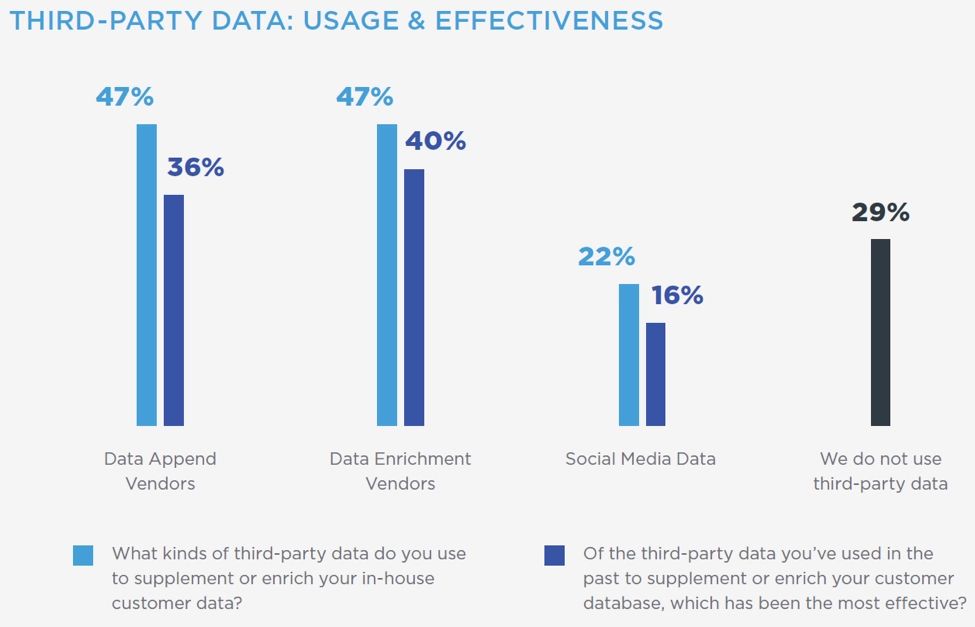
Figure 7: Use and effectiveness of 3rd party data
Install Base
These are customers that are currently using the seller’s products. It is essential to keep these customers satisfied because they are already ‘sold’ and it is less expensive to maintain them than to find new customers. These customers are also valuable because they can serve as a reference to new customers or better yet help you convert new customers by spreading the word that they are satisfied with your product. The seller is also likely to have demographic, firmographic, and technographic data on them.
Marketing to an install customer base is different from marketing to the customer base because they are already happily using the product. You may not be able to sell them more of the same exact product right away, but you may be able to sell useful accessories or offer customer care/technical support.
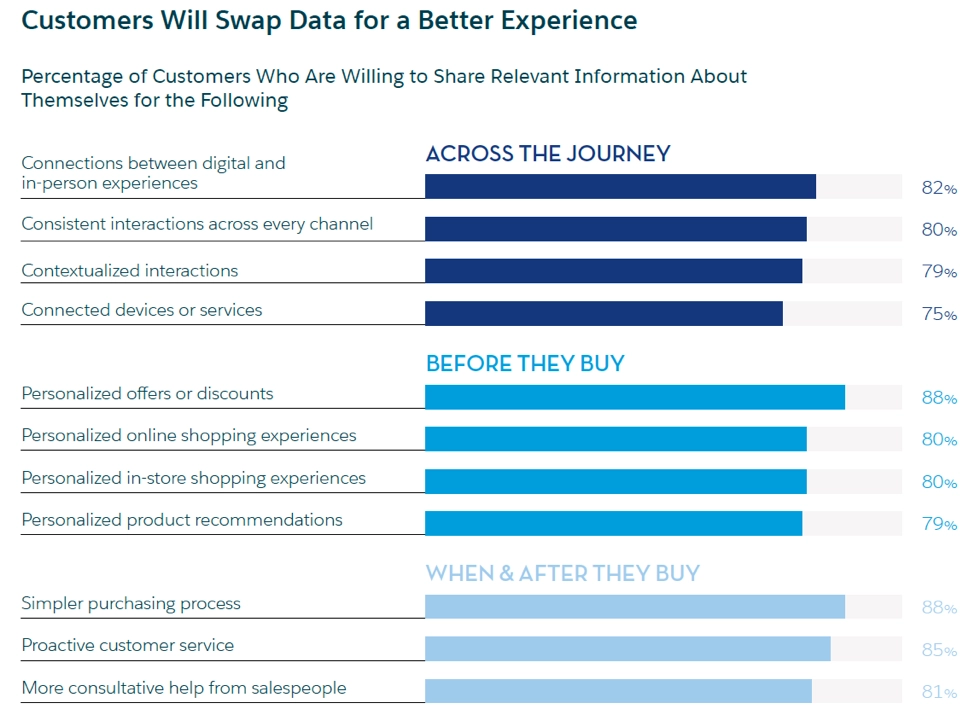
Figure 8: Customers will share their demographic data for a better experience
How to Gather Demographic Insights of Your Install Base Using the LinkedIn Website Demographics Tool
One of the best tools a B2B marketer can use to define, segment and engage audiences is LinkedIn Website Demographics. This free tool allows a marketer to find essential details about professional audiences that visit their website. The tool then uses the data to fine-tune how the marketer segments and targets the right people from the audience, using content that will drive engagement.
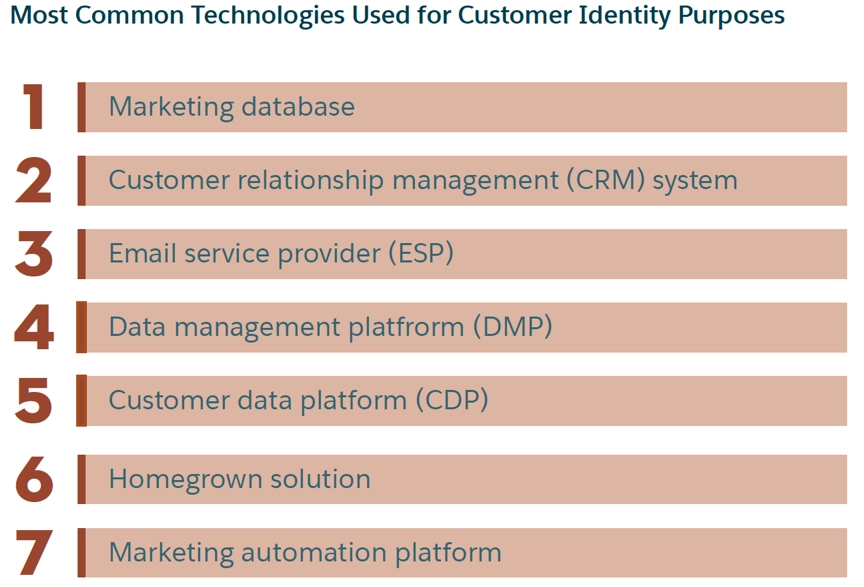
Figure 9: Tools used for customer identity purposes
If you have a well-tuned inbound marketing machine, you should already have a steady stream of potential buyers and consumers of your products visiting your company website. Generally, gathering business intelligence from typical website analytics goes as far as telling you how people are interacting with your site. However, this data is not usually granular enough to tell you who is explicitly visiting your site. LinkedIn Website Demographics goes the extra mile and unlocks this latent potential because active professionals that visit company websites, usually have LinkedIn accounts with useful demographic data.

Figure 10: Professional demographic and firmographic data on LinkedIn Website Demographic tool
Here is How To Set It Up Fast:
1. Copy the LinkedIn JavaScript or non-JavaScript tag to your website to enable conversion tracking, retargeting, and other insight analytics.
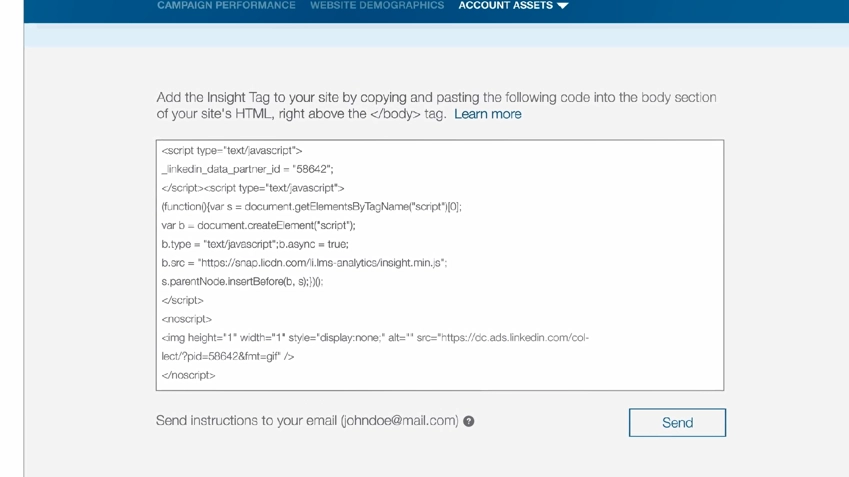
Figure 11: Install the LinkedIn tag on your website
2. Under Campaign Manager select the different audiences you want to track by choosing ‘Account Assets’ and then selecting the ‘Website traffic audiences’ tab. Then click on ‘Create an audience’ and select a name from your audience segment. You can also pick the specific URLs on your website that you want to track.
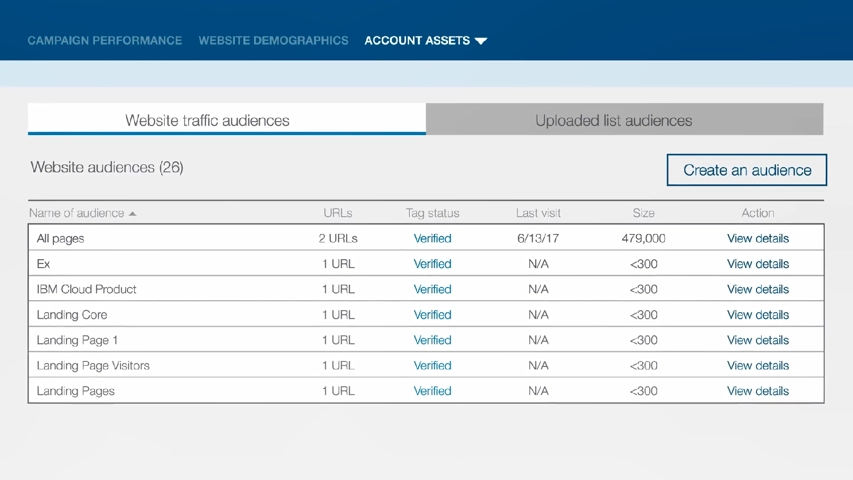
Figure 12: Choose the different audiences and list the pages on your company website that you want to follow
3. Within two days after set-up, data will be populated into the tool, and you can get in-depth demographic and firmographic information about professionals visiting your website.
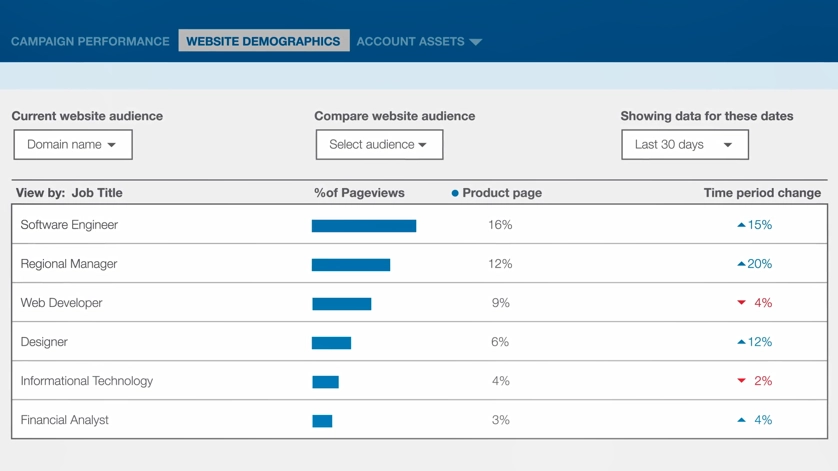
Figure 13: The tool uses verified, professional data to provide demographic and firmographic data about visitors to your company website
4. Once you completely set up the tool, you can gather insights to create a sharper picture for install base list building, and reach out to them.
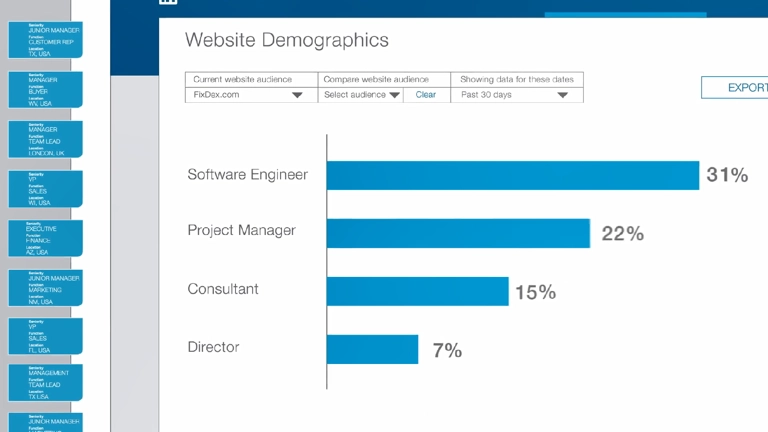
Figure 14: Demographic data comparing website audiences
How to Segment Your Install Base Information Using Demographics
One of the advantages of segmenting using an install base list or a customer base list is that you most likely already have reliable demographic information in your database. If you are trying to acquire a competitive list, for your competitor customer base, you may have to use a market survey tool to find reliable data.
Below are a few demographic variables including how you can use them to segment your install base:
- Age: you can use it to quantifiably segment your install base by age groups or by generation so that you can accurately know how to talk to this segment based on language or the appropriate communication medium. For example, millennials prefer to use Instagram, and mature audiences, Facebook.
- Gender: is typically categorized as male or female. Each audience will have different buzzwords that will appeal to them.
- Occupation/Education: If you are talking to a salesperson, you are likely to use a different language from when talking to a finance person and vice-versa. Each occupation has domain knowledge that they are comfortable using.
- Income: A consumer with a much higher annual salary than the average person is more likely to be attracted to an affluent way of doing things and a certain way of being approached.
Conclusion
Like marketing, segmentation is about satisfying customer needs for profit. As such, marketers should know their customers, understand how they differ and have a clear and unique value proposition that the customer cannot pass up.
Principally, marketers must leverage their capabilities and strength as the basis for choosing their target audience, especially where they have a competitive edge over the competition. Segmenting by install base using demographics is a great way to ensure that you engage this segment in the right way, safeguard customer lifetime value, and ensure that your consumers are happy ambassadors to your brand.
Our blog
Latest blog posts
Tool and strategies modern teams need to help their companies grow.

B2B companies must generate leads that are ready to buy their products in order to me...

In the absence of a constant flow of leads, sales teams can't meet their targets and ...

Podcasts and webinars are powerful tools that marketers can use to reach new audience...



